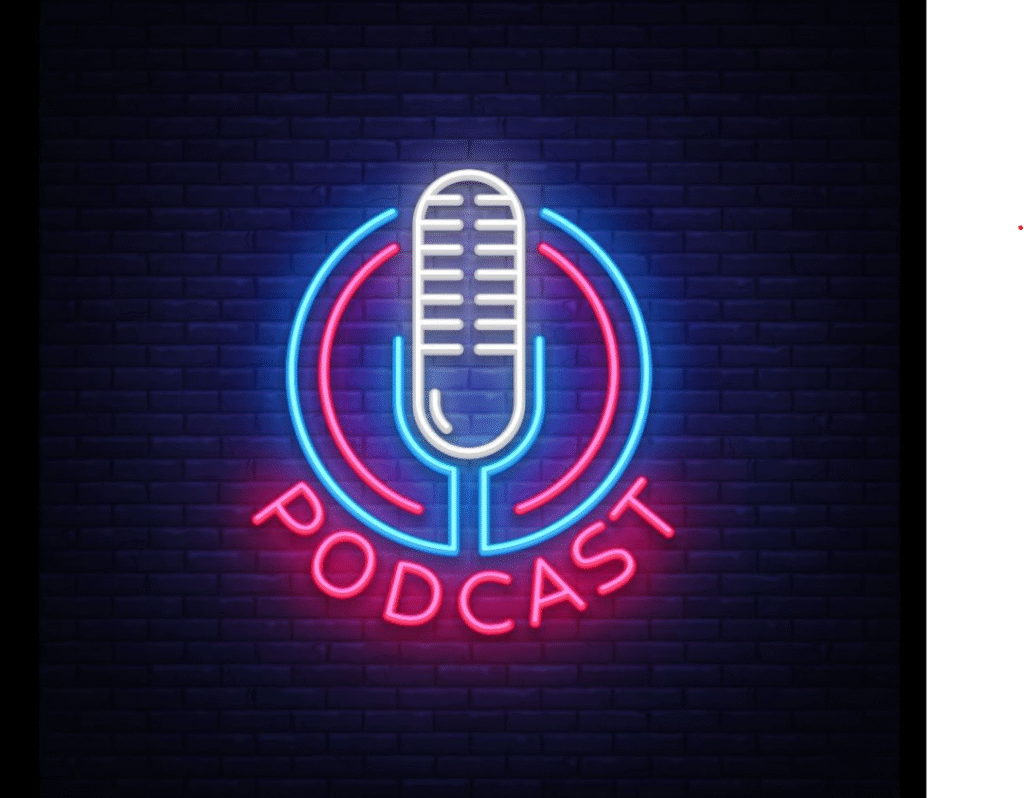
Equity Release Mortgages: How Does Equity Release Work?
Are you a homeowner looking for ways to boost your finances? If so, equity release might just be the solution you’ve been searching for. This
There are many approved reasons to release equity from your home. Whether you’re planning renovations, covering medical or education expenses, or helping a family member with a deposit for their own home, this flexible option puts you in control.
It’s also ideal for managing inheritance tax liabilities, separation-related costs, or even as a deposit on a second property or holiday home. Some homeowners also opt for this route to consolidate short- term loans and reduce their monthly repayments.If you are a property investor, you can release equity on one or multiple Residential properties and put the cash towards a deposit for additional property purchases.

The maximum that can be released is 90% of the property’s market value. Please note that if there is an existing mortgage on the property, this must be cleared with the equity released.
The maximum that can be released for each Residential property is 70% of the property’s market value.
Minimum loan – €40,000
Maximum Loan – €1,250,000
The term can be extended to your 80th birthday if required (max term of 40 years). However, mortgage terms over the applicant’s 68th birthday will require proof of a pension entitlement to qualify.


Interest rates vary depending on the loan-to-value ratio after the cash is released. However, rates typically offered are as follows
Interest-only options as well as capital and interest options are available.
Financial Requirement to Qualify
Principal Private Residence – adequate income, proven repayment ability, and minimum disposable income requirements- similar to any mortgage.
John and Mary, both teachers with a combined income of €100,000, own a home valued at €350,000. With a mortgage balance of €200,000, they have €150,000 in equity. By remortgaging for €225,000, they clear their existing loan and free up €75,000 in cash. They can now renovate their home, support their children’s education, help with a second property purchase, or reduce debt— all without dipping into savings.
Tommy and Jane have recently decided to divorce. They are both joint owners of their family home which has a current market value of €400,000 and a mortgage outstanding of €100,000.
As part of their settlement agreement, Jane is going to stay in the family home with their 3 children and Tommy is going to move out.
Tommy will remove himself from owning the property if he receives €100,000 compensation payment from Jane.
Jane remortgages the property for €250,000 using an equity release
mortgage. With this new mortgage she clears the old mortgage
balance, pays Tommy his €100,000 as part of the settlement and uses the remaining €50,000 to renovate the family home.
They plan to restructure their mortgage in a few years’ time again, when their outgoings have significantly reduced due to their children finishing college. At this stage, they feel that they will be able to afford higher monthly loan repayments and can clear their mortgage earlier, ideally before they retire.
Meet James and Elaine. They are both civil servants in their early 50s, working full time, and have 3 dependent children. They are struggling with cash flow issues due to high monthly loan repayments as well as paying for their children’s college education.
Their current home has a market value of €350,000, a mortgage balance outstanding of €150,000 with monthly repayments of €1,500. They took out a home improvement loan last year to retrofit their
home with loan repayments of €500 per month. They also have an outstanding personal loan with monthly loan repayments of €250. Total monthly loan obligations equal €2,250.
To reduce monthly outgoings for a few years until their children have
finished college, they decided to remortgage their house and
consolidate all of the loans into one mortgage.
By doing this, they reduced their monthly outgoing from €2,250 per month to €1,850 per month. This leaves an extra €450 per month for James and Elaine to help pay bills and ease some cash flow issues they are facing.
Meet Sean & Michelle, they own a home with a market value of €440,000 and a mortgage balance remaining of €170,000. They live
beside a University and were constantly getting enquiries about providing accommodation to college students due to severe accommodation shortages in their area.
They decided to build an extension at the back of their house and rent
this out to students, generating an additional income of €14,000 per
year.
The extension cost a total of €75,000. To fund this extension, they
remortgaged their existing property and released equity to pay for this
extension.
Their mortgage repayments increased by €250 per month / €3,000
annually; however, they are now receiving recurring cash inflows of
€14,000 annually from renting out their new extension to students.
Meet John. He owns a home valued at €400,000, with only €100,000
left on the mortgage.
John had a clear goal: buy a second property to generate rental income and build long-term wealth. He easily qualified for a second mortgage — but didn’t have the 30% deposit required to make the
purchase.
So, what did he do?
He remortgaged his current home for €175,000, unlocking €75,000 in
equity.
That €75,000 became the deposit he needed to secure his second buy- to-let property.
Now, John:
💡You don’t always need more cash — just the right strategy
Meet Pat — a seasoned property investor with three fully owned Buy-to-Let properties, collectively worth €1 million and generating strong rental income.
Now, Pat has bigger plans: his wants to develop a new apartment block near a university, specifically for student rentals — a high-
demand market with long term yield potential.
To secure the development finance loan, Pat needed to put down a 30% deposit.
Instead of dipping into his savings, he took a smarter route.
👉 She released equity from her existing Buy-to-Let portfolio using
equity release mortgages.
The capital raised was enough to cover the entire deposit required,
unlocking his ability to fund the new development without selling assets or seeking outside investors.
If you’ve built equity, you’ve already built opportunity. You just need the strategy to unlock it.
Let your home work for you. Whether you need funds for a specific goal or want financial breathing room, a Top-Up or Equity Release Mortgage could provide the flexibility you need.
Ans: An equity release mortgage allows you to unlock the value built up in your home without having to sell or move. With Equity Release Mortgages Ireland, you can access funds for renovations, education, debt consolidation, or even to help a loved one with a house deposit. You continue to own your home while using part of its value to fund your personal goals.
Ans: Yes, when managed properly through trusted equity release mortgage lenders in Ireland, these products are safe and regulated. Brokers assess your eligibility, future repayment ability, and only recommend this option when it supports your long-term financial stability. Always ensure you’re dealing with experienced advisors who understand your needs.
Ans: That depends on your financial goals. Remortgaging can help secure a better rate, while releasing equity in your house in Ireland provides cash for immediate needs such as renovations or consolidating debt. In many cases, you can do both: switch your mortgage provider for a better deal and release equity at the same time, making this option a smart, flexible financial move.
Ans: Absolutely. Many homeowners use equity release on their house in Ireland to consolidate high-interest debts like credit cards or personal loans. This can reduce your monthly repayments and simplify your finances, giving you greater control and peace of mind.
Ans: There can be additional expenses involved, including fees for valuation, legal services, or processing the application. However, brokers often negotiate competitive terms, and with low equity release mortgage rates in Ireland, the long-term savings can far outweigh the initial costs. Your broker will give you a clear breakdown before you proceed.
Ans: Yes. When releasing equity in your house in Ireland, you can access up to €100,000 as a cash lump sum for approved purposes. This is particularly useful for home improvements, funding education, or helping family members with a deposit for their property.
Ans: Yes, releasing equity can help pay down or refinance an existing mortgage. Many clients choose to remortgage a Buy-to-Let to release equity in Ireland, allowing them to reduce debt and shift to longer, more affordable repayment terms, particularly when refinancing short-term or bridging loans.
Ans: Yes, equity release is commonly used during separation or divorce. You can release equity from your house for Buy-to-Let in Ireland to buy out your ex-partner’s share in the property, giving youfinancial control without the need to sell or move.
Ans: You can apply to remortgage to release equity on a Buy-to-Let in Ireland by refinancing your property with a new loan that covers both your current mortgage and the additional cash amount needed. A financial broker will guide you through eligibility checks, property valuation, and stress testing.
Ans: Most Buy-to-Let Mortgage Equity Release Ireland products offer up to 70% LTV for loans up to €1 million and up to 65% LTV for loans between €1 million and €1.25 million. Pension-related buy-to-let are typically capped at 50% LTV.
Ans: Yes—if used strategically. Equity release on Buy-to-Let in Ireland allows investors to unlock tied-up capital to reinvest, pay off high- interest debts, or manage personal financial changes. It can be a powerful tool when guided by expert brokers who tailor it to your investment goals.
Ans: Yes, most lenders allow early repayment of equity release loans, often without penalty. With flexible terms available through Buy-to-Let Mortgage Lenders, you can choose repayment structures— including interest-only periods or full capital and interest—based on your cash flow and future plans.
Ans: In many cases, yes. A Buy-to-Let mortgage equity release in Ireland generally offers lower interest rates and larger loan amounts than personal loans. It’s also tax-efficient for property investors, as mortgage interest may be deductible against rental income (subject to tax advice).

Are you a homeowner looking for ways to boost your finances? If so, equity release might just be the solution you’ve been searching for. This

Are you a homeowner in Ireland looking to tap into the wealth tied up in your property? Equity release might be the answer you’ve been

Are you sitting on a hidden treasure in your home? Many homeowners are surprised to learn that their property holds more value than they realize.
Let your home work for you.Whether you need funds for a specific goal or want financial breathing room, a Top-Up or Equity Release Mortgage could provide the flexibility you need.Money Maximising Advisors Limited is regulated by the Central Bank of Ireland.